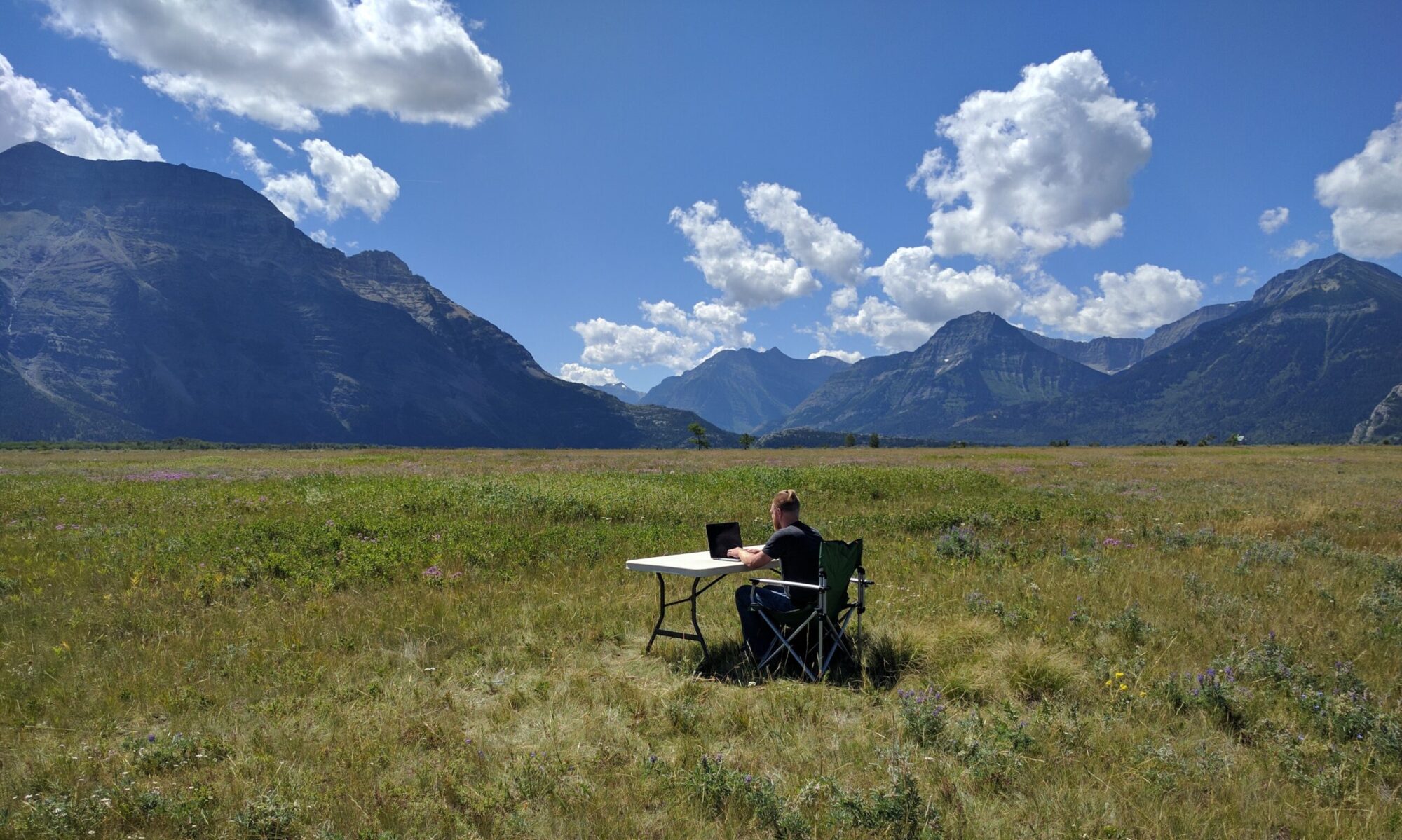We were fortunate enough to have an open weekend for the biggest medieval reenactment in England. The date everyone in history class here learns and remembers is 1066 (while in the states we learn more about 1776). A little refresher: it’s when William, the Duke of Normandy, came to claim his right to the crown from the Anglo-Saxon King Harold Godwinson. King Harold had just claimed the throne after the death of the childless, King Edward the Confessor. Then Harold rushed north to defend the crown from the invading Norwegian King Harald Hardrada (who also thought he was the rightful heir) and defeated the viking army at the Battle of Stamford Bridge. He then immediately rushed south to Hastings to defend against the Norman army, and (spoiler alert) lost his life in the battle. Legend has it he was killed by an arrow to the eye during the battle. The Normans, led by William (now known as William the Conqueror) ruled over the saxon people for half a century, until the next succession crisis known as the Anarchy period. His rule established the feudal system in England and left a permanent mark on the culture and language on England. Things like all the french origin words in the English language are because of this mixing and having the Lords and governing class using french over the peasant class who spoke old english. Words like cow and pig vs beef and pork among others.
History is fascinating in that it helps us understand how the world we live in was set up and became to be. Understanding where we came from is a prerequisite to understanding where and who we are.
We are thoroughly enjoying our time in England and learning about the history of the region. We’ve noticed that in our travels we’ve mainly been in the commonwealth and places that at least at one time were part of the British Empire. Australia, New Zealand, Canada and even Fiji and of course the United States. Very interesting to now be in the place that started all the colonization and conquest (for better and worse). Very sad to learn about the cultures and people who were exploited along the way. But, it is uplifting to be in a world that is beginning to value the diversity and cultures that were (and in most cases still are): Aboriginal cultures of Australia, Maori in New Zealand, Native Fijians and other Polynesian cultures along with Native American (Indians) and First Nation peoples of Canada. I know each culture has it’s value and honor as well as its own issues, but I also find that all these so called “barbaric” or “savage” cultures had much meaning and validity – and dare I say more so than the more “powerful” civilized conquerors, especially when considering the values of equality, peace and sustainability.
Very interesting to see the “conquerors” later on in the historical timeline, be the conquered in 1066. What goes around comes around. Hopefully we can move past the conquering and exploiting and more towards a global family of diversity.













